Dafen Copies with Coffee & My Lisa Jane
Friday, January 13, 2012
 Shenzhen, Guangdong, China
Shenzhen, Guangdong, China
Hey Hey and a Big G'Day toya,
Just like Shanghai, Shenzhen is the last city I thought I would ever visit in China.
Also like Shanghai, my personal beliefs prior to arrival have been absolutely shattered.
Upon arrival at the main train station the first thing I noticed was how green the city was and on my journey to the northern outskirts it became more and more green and somehow it strangely reminded of Queensland’s Gold Coast (no comparrission though). I’m staying with JiangNi who lives in the Buxin District which is surrounded by green hills and right alongside the very peaceful Shenzhen Reservoir. After several days here it actually feels more like living in one of the small cities I’ve lived in over the past seven years such as Shaowu (Fujian) or Shangrao (Jiangxi). It is its own little place and caters for its own needs with tiny local markets, night stalls and a small shopping district. Shenzhen though is not a small city so thankfully we have the Buxin Metro Station within an easy five minute’s walk that over the next week will allow me to visit some of the cities many parks, gardens and tourist sites with ease.
That is, if it ever stops raining!
So far it has been lounging in Starbucks, visiting huge book markets, back to Starbucks to re-lounge, sleeping in, waking, falling back to sleep, reading, cooking, eating, visiting the Art Village where five thousand Mona Lisa’s are painted each week and then more cooking, eating and sleeping.
So what can be expected from the '2012 Winter Beers N Noodles Adventure?’
Actually I still have no idea but I do know that I will be in Shenzhen until at least the 16th January and that I don’t have to begin teaching until around the 7th February. I am hoping to take JiangNi (Lisa Jane) to the billionaires playground of Hong Kong (for the Aussies who have no idea where Hong Kong is, think of Hongkers!) and then across to Portuguese backwater turned gambling megaresort of Macau (anyone else, Macau has more than eclipsed its American rival Las Vegas in gambling income).
If that doesn’t work out due to JiangNi’s work commitments?
For me, both Hong Kong and Macau are two of the very few places here in China that I’ve never wanted to visit alone. So if a Plan B is required, then I have the Longnan and rarely visited Hakka country for more Hakka Peoples Earthern Buildings, a far off mountain and a few lonely temples to fall back on and all in the northern Guangdong and southern Jiangxi Province region (south of China & no snow!)
So Where In China Am I?
Located immediately across Hong Kong’s northern border can be found Shenzhen, China’s wealthiest city and first ‘Special Economic Zone’ (SEZ). The city draws a mix of businessmen, investors and illegal migrant workers to its golden gates, all of them trying to find a place in China’s economic miracle. Shenzhen is located in the southern portion of the Guangdong Province, on the eastern shore of the Pearl River Delta. Neighboring the Pearl River Delta and Hong Kong (located south of Shenzhen), the cities location gives it more than a geographical advantage for economic development. Shenzhen was no more than a backwater until it won the equivalent of the National Lottery and became a SEZ in 1980 (prior to it was a small fishing village called Baoan). Developers added a stock market and towering office blocks and the world as Shenzhen knew it came to an end.
Now days Shenzhen is a big shopping mall for Hong Kong residents along with being a great place for cheap (legitimate and otherwise) massage and yum cha! Give a village and an area an SEZ and it thinks it owns the world!
Just like Guangzhou city each year, more and more people come to Shenzhen to try to find employment and resulting from this population swell the city also benefits from the increased diversity. Workers come to Shenzhen from almost every part of china, bringing with them their local traditions and cuisines so both locals and tourists are able to sample foods from each of China's famous eight cuisines along with many of the local dishes.
Dafen Art/Painting Village
A visit to Dafen Village is definitely eye opening, with six hundred art packed stores, eight thousand skilled artists and five thousand freshly painted Mona Lisa’s every week. Others include van Gogh’s and Rembrandts along with many other famous masterpieces you can imagine. Each year countless people from not only China but all over the world come here to observe how thousands of artists in this ‘art factory,’ mass produce original and imitation paintings for sale around the world along with other types of art, such as sculptures and calligraphy.
Located in the eastern part of Shenzhen city, Dafen village differentiates itself with other villages in China through its slews of orderly arranged workshops. Inside the workshops, artists and workers are busy painting while owners are negotiating with buyers from all over the world and believe it or not, it is estimated that seventy percent of the world's most copied oil paintings are brushed up and spat out of this village.
In 2007 Dafen earned three hundred and eighty million Yuan (around twenty four million US) selling oil paintings and peripheral products such as frames, palette and so on. Around sixty percent of the paintings were sold for export, mostly to Europe and North America. However, about two decades ago, Dafen was just a poor fishing village inhabited by around three hundred people. The average annual income of each villager was less than two hundred Yuan (around thirty US dollars).
However in 1989, an art dealer from Hong Kong named Huang Jiang came to Dafen with his painting tools and several students.
When he first arrived Dafen was a very poor village in which no one wanted to invest and thankfully at that time, he had some painting orders from Hong Kong and was looking for a workplace to finish them and due to its closeness to Hong Kong and its extremely low rent he decided to settle down and began teaching some of the local students the trade. In the 1990s, almost all the oil paintings produced in Dafen were replicas of world classics and those who couldn't afford originals paid a few hundred Yuan for reproductions.
Wu Ruiqiu who is one of Huang Jiang's students who came to Dafen in 1989 and he recalls the first time he started making money by selling paintings.
‘I have been studying art since I was very young, but it was just my hobby. I didn't know I could make money by painting. My family was very poor, so when Huang Jiang asked me to come to Dafen, I left my home without hesitation. After I got here, I told my mom that every piece of my ‘painting of chickens’ could buy me two real chickens.
My mom was very surprised and asked me to draw quickly.’
In the next few years, more and more art dealers and painters opened painting factories in Dafen but back then every painting was completed by only one painter which was very inefficient and caused many problems so Wu Ruiqiu invented a new method. In 1997 the local Wal-Mart Store asked Wu Ruiqiu to finish one hundred thousand oil paintings in ten days so he hired two hundred painters and rented a two-story building. Just like different people have different handwriting, different painters have different painting styles. Sadly though after a few days, he found every painting looked different from the others and he realised that not only that the old method of production was not going to work but Wal-Mart would also not accept the new paintings either.
He then got inspiration from the assembly lines in clothing and car factories and he asked every painter to take charge of only one part of a painting. For example, in a landscape painting, one painter drew trees, another painter drew rivers and another was in charge of mixing colors.
This new way assured that all the paintings had the same colors and shapes, and accelerated the production. Many art dealers in Dafen started to adopt the procedure in their own factories. In 2004, after noticing that Dafen had the potential to become a cultural production base, the local government set up a management office. But now copying masterpieces is no longer a preferred activity as the market place is demanding more and more original works and now any painter who wants to work in Dafen has to pass an examination. What Dafen needs are artists who know how to create, not just copy and to attract more talented artists to Dafen and keep the existing talent in the village, they invested around eighty million Yuan to build a dorm for them to live and the talented artists who choose not to share can also rent apartments at a comparatively low price.
Wang Jingpei, who is a copy worker in one of the galleries, believes that ‘Pipelining’ is not good for copy workers as once there are no orders, the workers lose their jobs.
If they are able to create originals they can also continue to make a living and maybe even own their own gallery in the future. Now, galleries in Dafen are selling millions of paintings of different genres, including Fauvism, abstraction, impressionism, Chinese wash paintings and more and according to statistics released by the Management Office, the annual income of Dafen has almost tripled in the past four years. However, the same as other industries in Shenzhen, art business in Dafen is also damaged by the global market downturn in the end of 2008.
From a small fishing village to a major painting production base, Dafen's transformation has not been easy. But whatever difficulties are ahead, the local people have proved they will deal with them resolutely and creatively.
Beers N Noodles toya…..shane
___________________________________________________________
The soundtrack to this entry was by Tracy Chapman
The album was ‘New Beginning’
____________________________________________________________
Other Entries

 Shenzhen, Guangdong, China
Shenzhen, Guangdong, China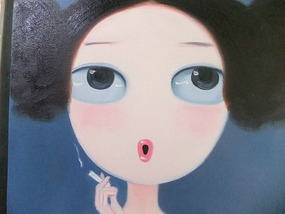

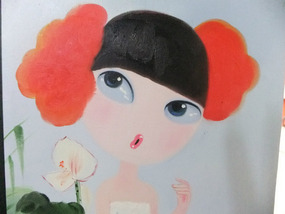

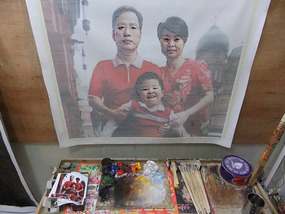
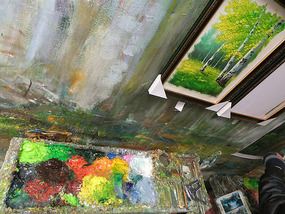
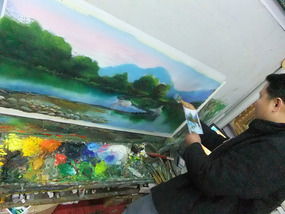
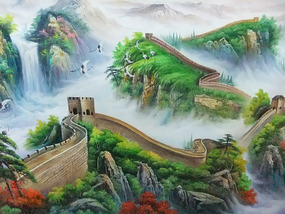
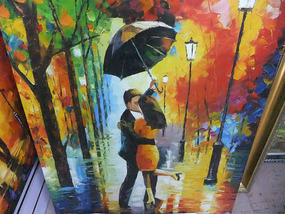
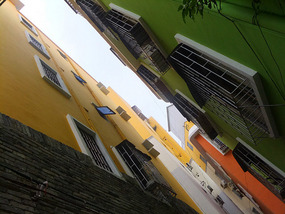
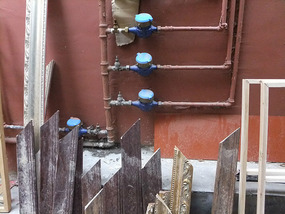
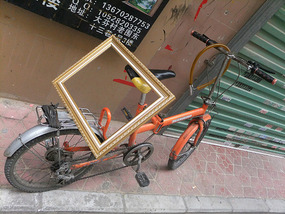
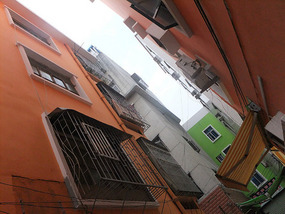

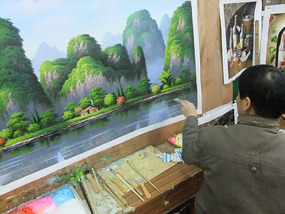
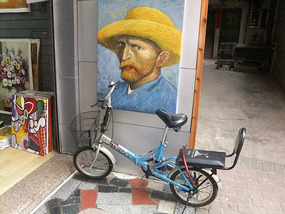
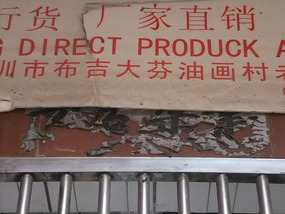
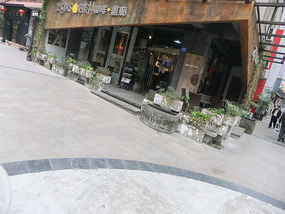
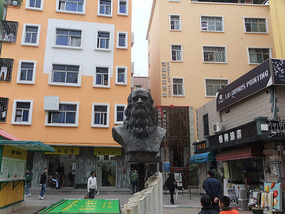
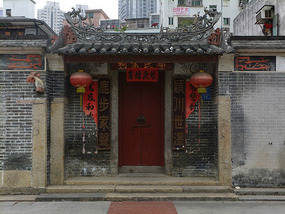
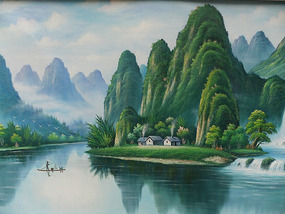
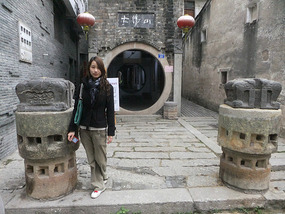
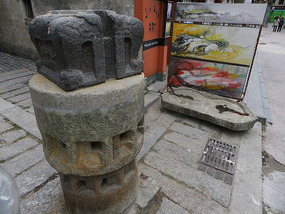
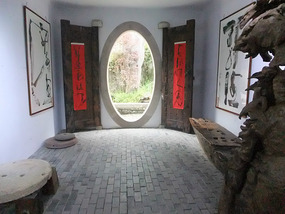
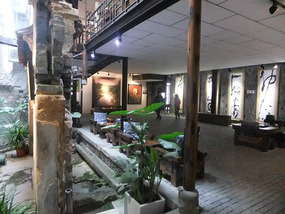
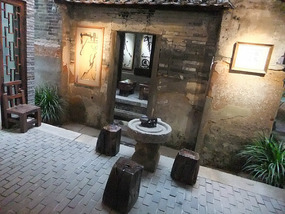
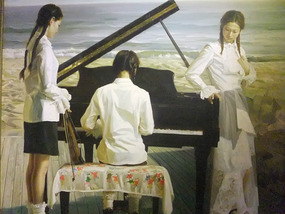
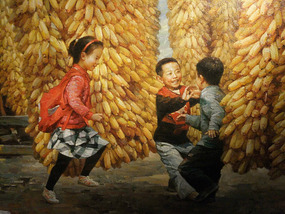
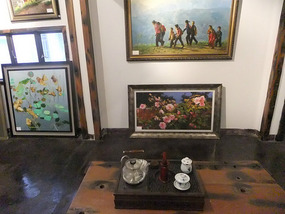


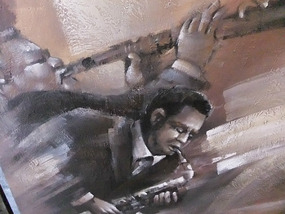
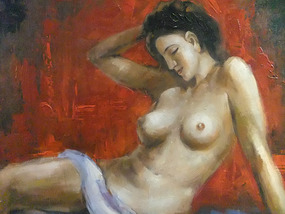
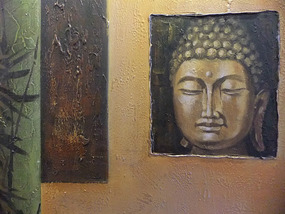
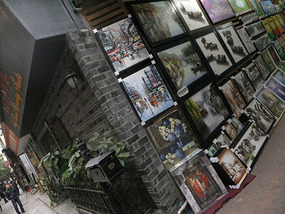
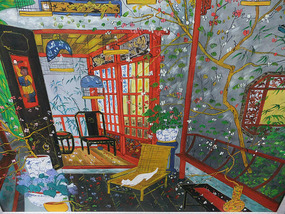
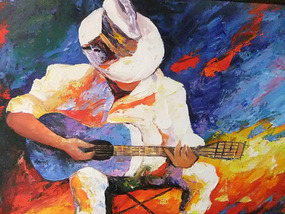
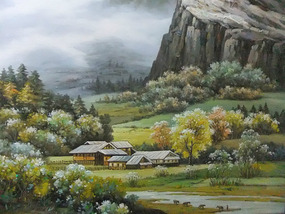

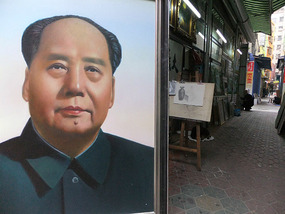
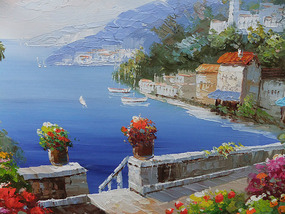
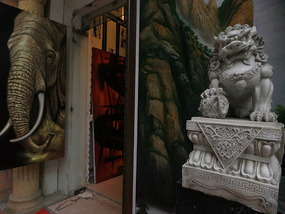

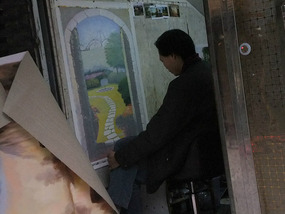
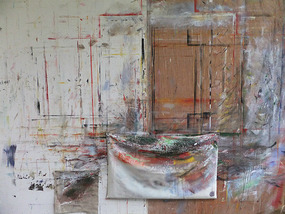
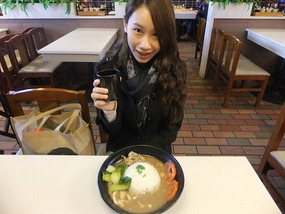
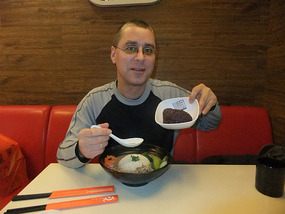
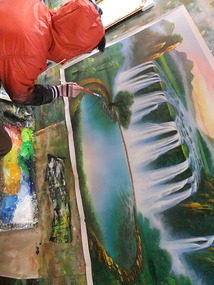
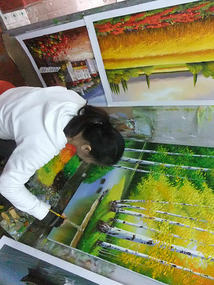


2025-05-22